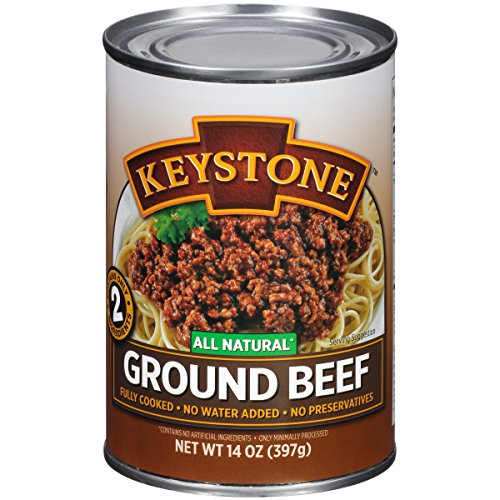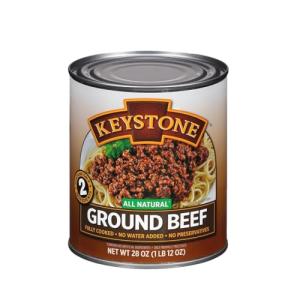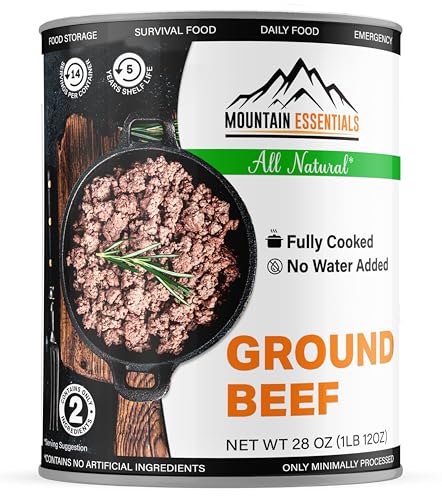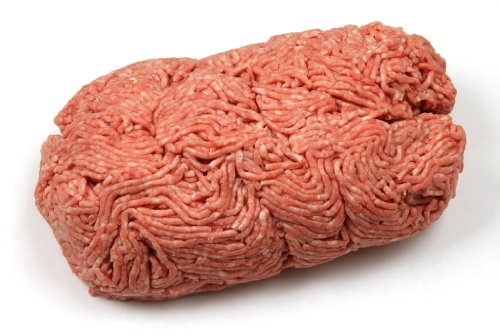When it comes to beef butchery, knowing the different cuts is your best friend. Each cut has its own flavor, texture, and cooking method, so picking the right one can make all the difference in your meal. From juicy steaks to tender roasts, let’s explore the basics.
First up, we have the chuck. This is generally the area from the upper shoulder of the cow. Cuts from the chuck, like chuck roast or shoulder steak, are known for their rich flavor. They’re a bit tougher, so they do great in slow-cooker recipes or when braised. If you're looking for a hearty beef stew, chuck is your go-to.
Then there’s the rib section. This is where you find some of the most popular cuts, such as ribeye and prime rib. Rib cuts are marbled with fat, giving them a delicious burst of flavor when cooked. These steaks are great for grilling or pan-searing. If you want to impress at your next barbecue, go for a ribeye. Trust me; your guests will rave about it!
Finally, let’s talk about the loin. The loin is where you'll find tender cuts, like filet mignon and T-bone. These cuts are super tender and perfect for quick cooking methods like grilling or broiling. If you’re craving a special meal or just want to treat yourself, a nice filet mignon won't disappoint.
Understanding these basic cuts makes beef butchery less intimidating and helps you choose the right piece of meat for your recipes. Next time you’re at the butcher or grocery store, you’ll have a better idea of what to grab for a fantastic meal!
Essential Tools for Butchering Beef
If you're diving into beef butchery, having the right tools makes all the difference. You don’t need a fancy setup, just some solid essentials to get you started. Here’s what you should have in your arsenal.
1. A Good Chef's Knife
Your trusty chef's knife is a game changer. Look for one that feels comfortable in your hand and is sharp enough to slice through beef effortlessly. A well-balanced knife helps you tackle different cuts without straining.
2. Boning Knife
A boning knife is a must for beef butchery. It’s thinner and more flexible than a chef's knife, perfect for getting around bones and cartilage. A good boning knife makes a tricky job easier and ensures you waste less meat.
3. Meat Cleaver
If you’re serious about beef butchery, a meat cleaver is worth the investment. It’s built to handle tougher cuts and bones. You’ll appreciate its weight when you need to chop through thicker sections.
4. Cutting Board
Don’t skimp on the cutting board. Get one that’s sturdy and easy to clean. A large board gives you plenty of space to work, and it helps keep your workspace organized. Wood or plastic both do the job well, just make sure it's dishwasher safe for easy cleanup!
These basic tools can set you on the path to mastering beef butchery. With the right gear in hand, you’ll be ready to create delicious meals that your family and friends will love!
All Natural Ground Beef by Keystone Meats, 14oz
Discover the rich flavor and quality of all natural ground beef that’s perfect for your favorite recipes
Product information
Product Review Score
4.34 out of 5 stars
13 reviewsProduct links
Steps for Perfectly Preparing Beef
First up, choose the right cut. Different cuts have different flavors and textures, so you’ll want to pick one that fits your dish. For a juicy roast, go for a ribeye or tenderloin. If you’re making stir-fry, flank steak or sirloin works well. Knowing your cuts goes a long way in beef butchery.
Next, take care of seasoning. A good rub can enhance the beef's natural flavor. Salt and pepper are classic, but don’t be afraid to experiment with garlic powder, paprika, or your favorite herbs. Just remember to season generously and let the beef sit for about 30 minutes before cooking. This allows those flavors to really seep in.
Cooking it right is key. Whether you’re grilling, roasting, or pan-searing, make sure to preheat your cooking surface. For steaks, aim for medium-high heat. Sear each side to lock in those juices, then lower the heat to cook it through. Use a meat thermometer to make sure you hit the perfect doneness—about 130°F for medium-rare.
Finally, let it rest. This is super important! After cooking, let your beef sit for at least five to ten minutes before slicing. This helps the juices redistribute, making every bite tender and juicy. Trust me, this step is worth it!
Organic Ground Beef - Antibiotic-Free - Hormone-Free - 2 Pack (64oz Each)
High-quality, sustainably raised organic ground beef without antibiotics or hormones, conveniently packed in a 2 pack with each pack containing 64 ounces
Product information
Product Review Score
4.1 out of 5 stars
184 reviewsProduct links
Cooking Techniques for Tasty Beef Dishes
When it comes to delicious beef dishes, the cooking technique you choose can make a world of difference. Whether you're a seasoned chef or trying out beef butchery for the first time, knowing how to cook your cuts can elevate your meals to a whole new level.
Grilling is a favorite among many. It’s quick and gives your beef a nice char that seals in the juices. If you’re working with steaks, don’t forget to let them rest before slicing. This step lets the juices redistribute, so every bite is packed with flavor. Marinating the meat beforehand can also add that extra kick your taste buds will love.
Slow cooking is another fantastic option, especially for tougher cuts. Think of chuck roast or brisket. Toss them into a slow cooker with some veggies, broth, and your favorite spices. You’ll come home to a tender, melt-in-your-mouth meal after a long day. Plus, it’s a great way to make the most out of those cuts you’d typically overlook in beef butchery.
Stir-frying is super quick and versatile. Use thinly sliced beef and toss it in a really hot pan with some oil. Add your favorite veggies and a tasty sauce for a meal that’s ready in minutes. It's perfect for those busy weeknights when you need something fast but don’t want to sacrifice flavor.
Roasting is perfect for large cuts. Just season it well, pop it in the oven, and let it do its thing. With the right seasoning, you can make a juicy roast that’s a showstopper for any dinner table. Remember to use a meat thermometer to get it just right.





